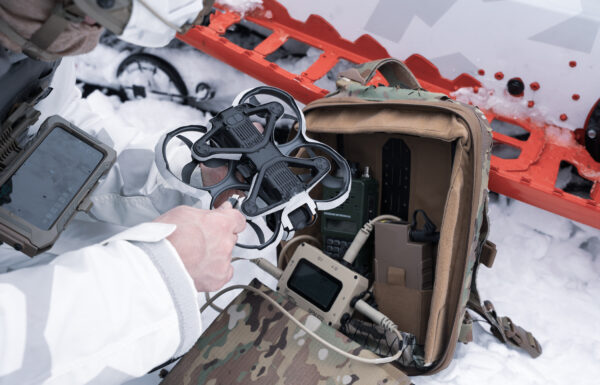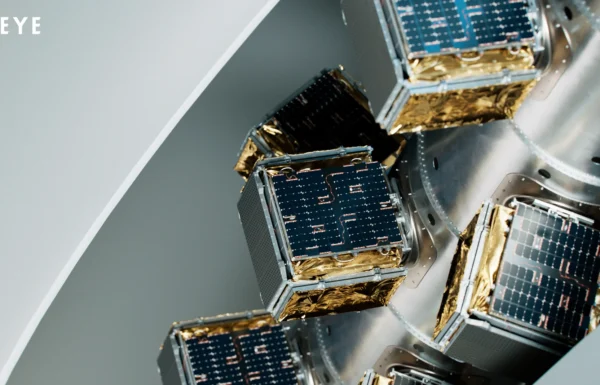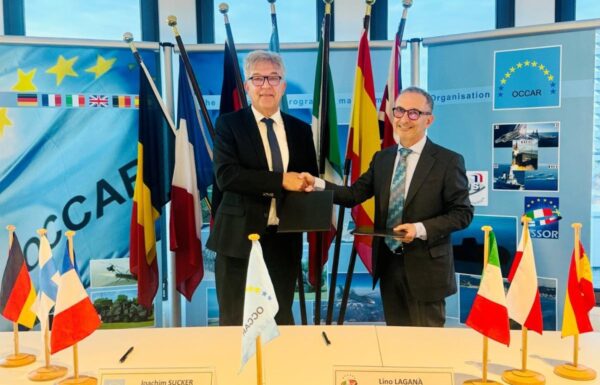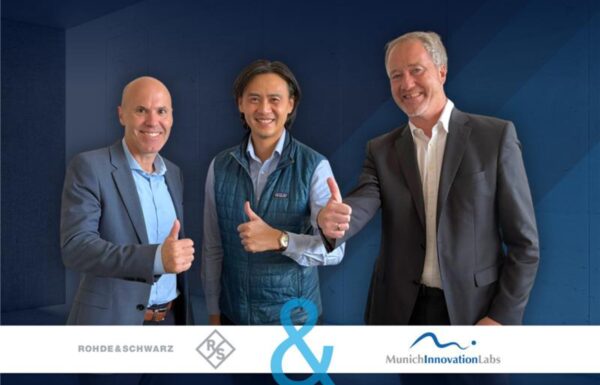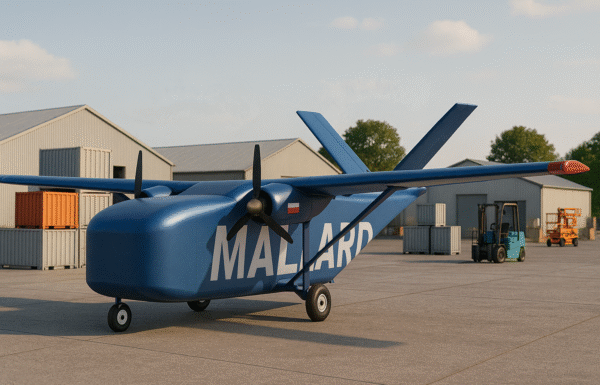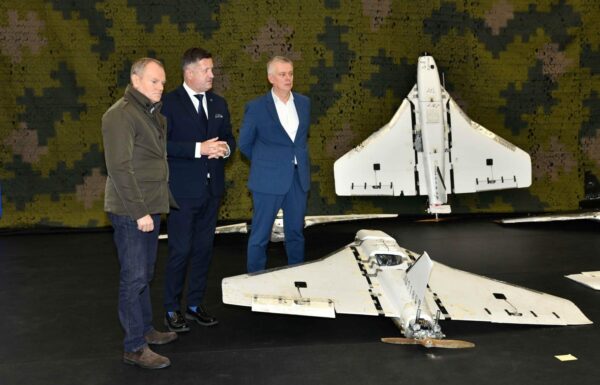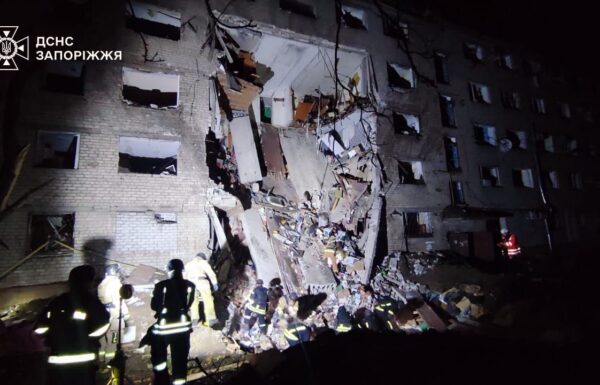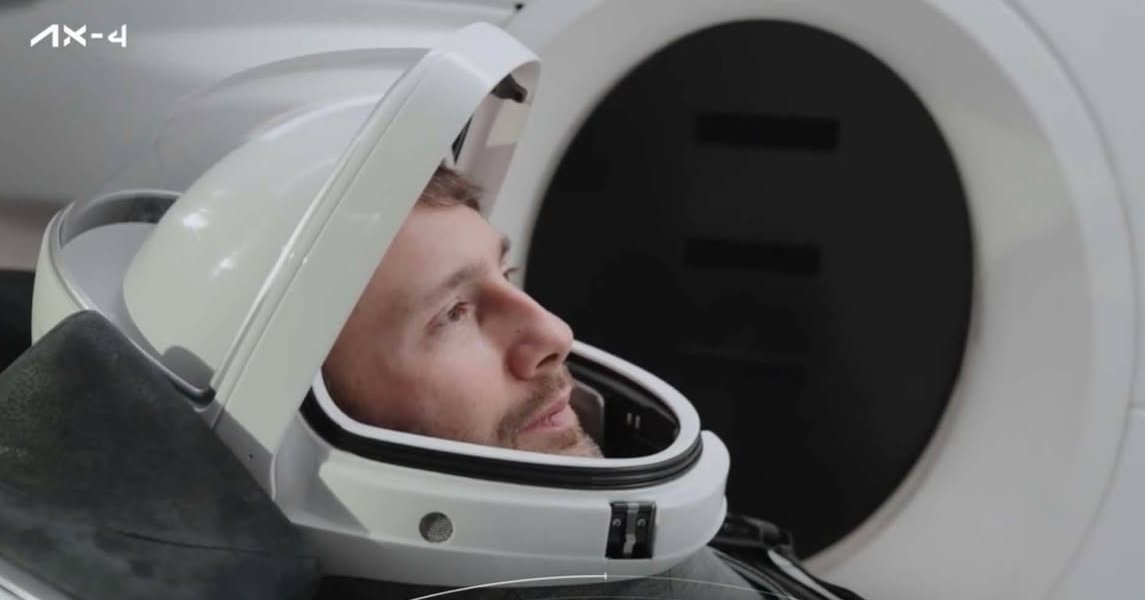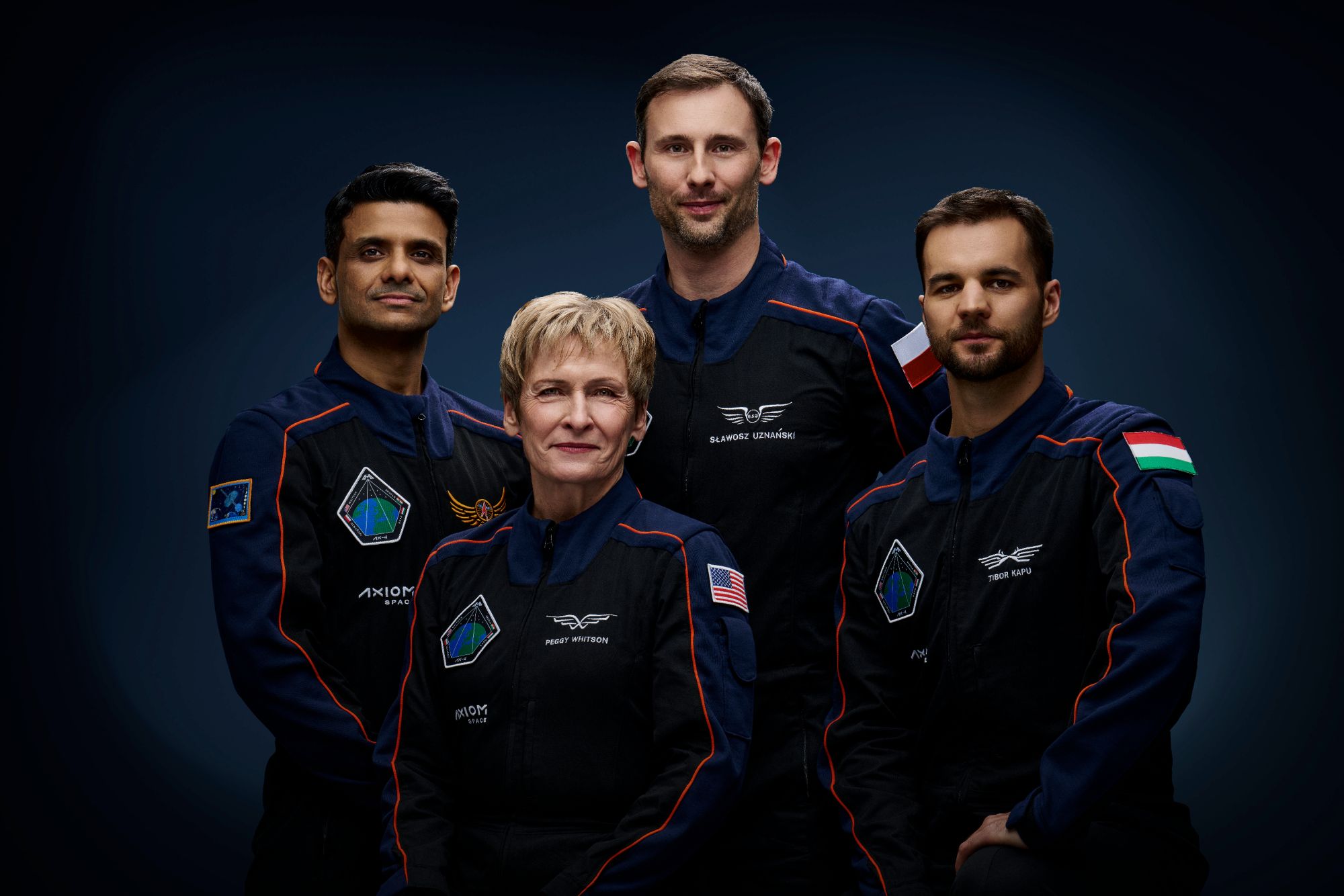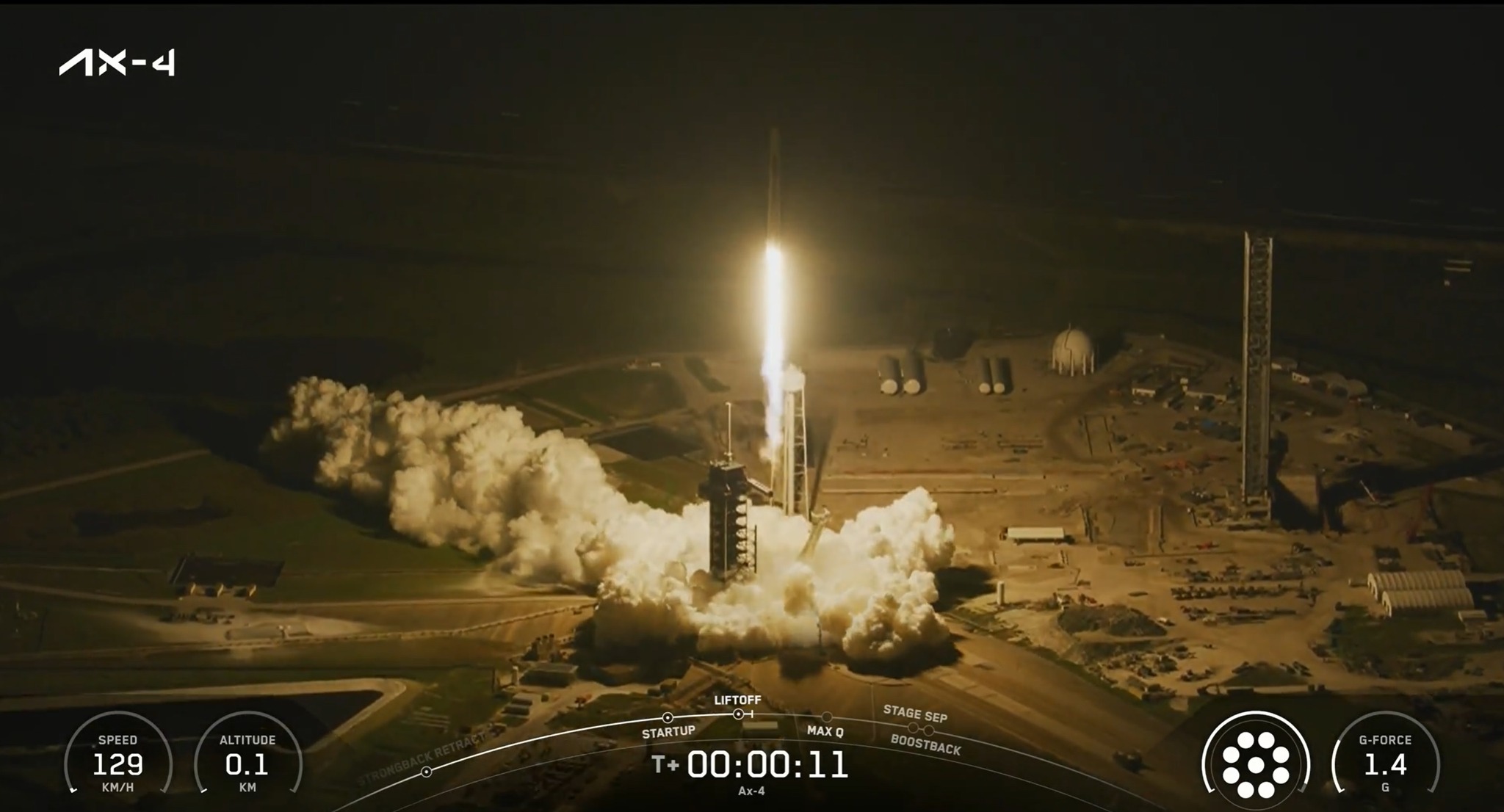On Wednesday, June 25, 2025, at 2:31 a.m. EDT (8:31 a.m. Polish time), a SpaceX Falcon 9 Block 5 launch vehicle lifted off from launch complex LC-39A at the Kennedy Space Center in Florida, carrying the Crew Dragon C213 capsule as part of the private Axiom Mission 4 (Ax-4). Onboard were: commander Peggy Whitson from the USA, pilot Shubhanshu Shukla from India, mission specialist Dr. Sławosz Uznański-Wiśniewski, and mission specialist Tibor Kapu from Hungary.
The flight went smoothly. After the separation of the two booster stages, the Ax-4 mission crew addressed everyone watching the launch live. Our compatriot said:
“Dear Polish women and men, Today we take a giant step toward Poland’s technological future. A Poland built on science, knowledge, and vision. Let this mission mark the beginning of an era in which our courage and determination shape a modern Poland. Ffor us and for future generations. Space has always united people. Today, I carry a piece of each of you from Earth, your strength, your hope, your trust. I am not alone in space. I represent all of us. From the bottom of my heart, thank you for your trust. Space for everyone.”
Key facts about the mission:
- The launch was delayed several times due to technical issues, including a liquid oxygen leak in the Falcon 9 rocket and a leak in the Zvezda module on the ISS.
- Crew Dragon C213 is the final spacecraft in the Crew Dragon series.
- The international crew plans to spend up to 14 days on the ISS, conducting scientific research, educational activities, and commercial tasks.
- Peggy Whitson is a former NASA astronaut and record holder for the most time spent in space (675 days after Ax-2); she is now Director of Human Spaceflight at Axiom Space.
- Shubhanshu Shukla, an astronaut from the Indian Space Research Organisation (ISRO), is the second Indian in space and the first to visit the ISS. He is flying under the Gaganyaan program, although this is a commercial mission.
- Sławosz Uznański-Wiśniewski is a reserve astronaut of the European Space Agency (ESA), and the second Pole in space since 1978, following Mirosław Hermaszewski. The Polish mission Ignis includes technology and natural science experiments in the Columbus module.
- Tibor Kapu represents the Hungarian Space Office and is the second Hungarian in space since 1980. He was selected under the HUNOR (HUNgarian to ORbit) program, which is independent of ESA and was launched in 2021 with a budget of 99 million USD. Kapu was chosen from among 247 candidates.
- As part of the Bonus Food project, Uznański-Wiśniewski brought specially prepared meals from the Kielce-based company Lyofood into space (Bonus Food Project: Meals from Kielce-Based Company LYOFOOD Are Heading to Space).
- Alongside the Polish experiments, Ax-4 includes over 60 experiments from 31 countries, including the USA, India, Hungary, Saudi Arabia, Brazil, and Nigeria. These span fields such as molecular biology, physiology, botany, and human–technology interaction in microgravity, as well as its effects on health (e.g., diabetes, cancer, stem cells, blood flow), and studies on mass collisions and pendulum properties in space.
- The crew will also conduct educational outreach, including ISS Ham Radio communication with students and technology demonstrations, such as astronaut health monitoring devices.
The participation of a Polish astronaut in this mission is the result of an agreement signed between the Polish Ministry of Development and Technology and the European Space Agency (ESA) to prepare and carry out a Polish technological mission aboard the ISS. On the Polish side, the Polish Space Agency (POLSA) was also involved in the mission’s preparation, acting as the executive agency for the Ministry. The mission program is primarily focused on experiments developed by representatives of the Polish space sector, under the supervision of ESA. An initial list of 18 experiments was approved on October 30, 2023.
On November 23, 2022, during the final day of the ESA Council meeting at ministerial level, Polish scientist Dr. Sławosz Uznański was selected as an ESA reserve astronaut.
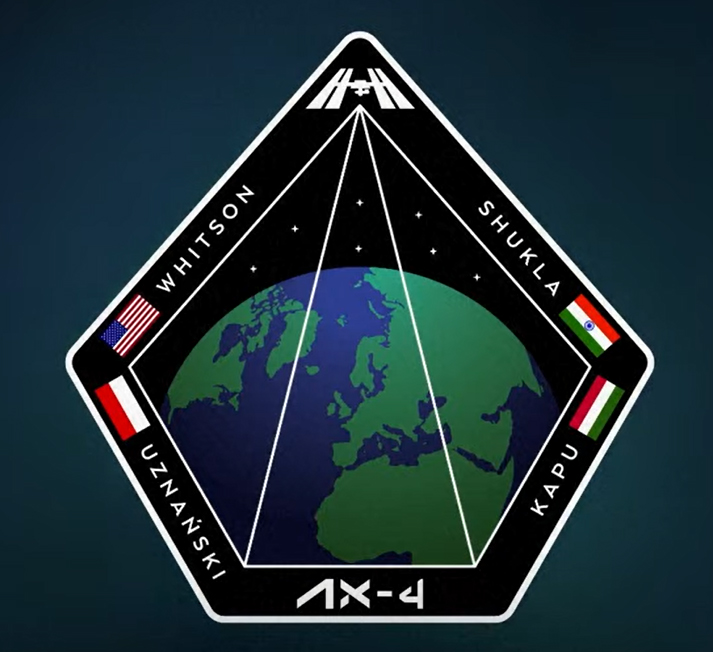 Image: Axiom Space
Image: Axiom Space
On June 28, 2023, the GovTech Center, an interministerial team within the Chancellery of the Prime Minister of Poland responsible for innovation and digitalization, announced on social media that Dr. Sławosz Uznański would become the second Pole in history to fly into space. However, this information was later retracted, with clarification that negotiations with ESA were still ongoing. Nevertheless, on July 27, 2023, during a session of the Parliamentary Public Finance Committee, an opinion was presented regarding the allocation of budgetary reserves for a Polish astronaut’s flight to the International Space Station. The Ministry of Economic Development and Technology planned to allocate a total of 292.5 million PLN to fund the ESA technological and scientific mission involving a Polish astronaut on the ISS.
On August 2, 2024, the Polish Space Agency (POLSA) announced that Dr. Sławosz Uznański had begun practical training in preparation for the Axiom-4 mission.


